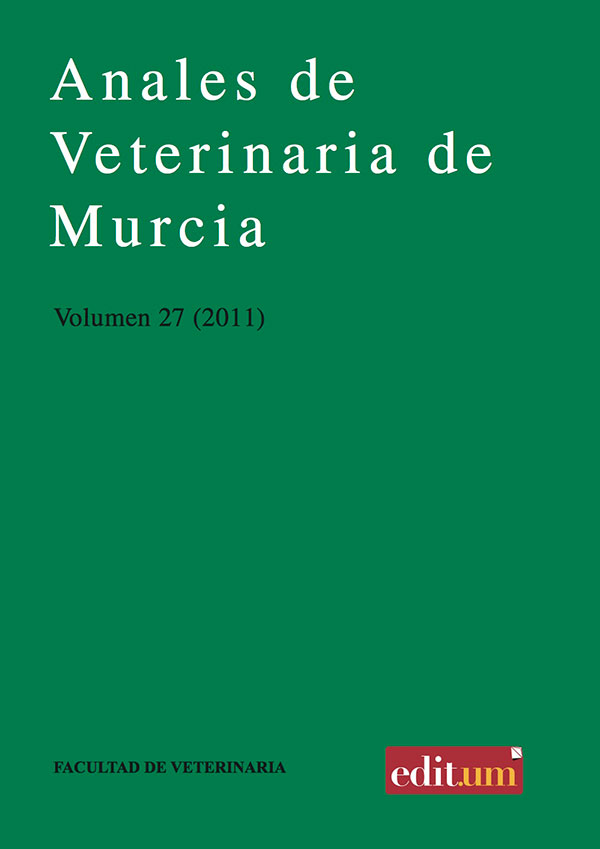Use of the chicken as experimental biomodel in atherosclerosis: supra-aortic lesions
Abstract
Cardiovascular diseases are considered first cause of human mortality in developed countries. Animal models allow adequate research of atherosclerosis, given the similarities with the human lesions. Chickens may develop spontaneous and also induced atherosclerosis by use of a cholesterol-enriched diet. Most published findings describe aortic lesions in a variety of induction methods. Therefore, the aim of this research is to characterize the used avian model, describing supra-aortic trunk lesions in atherosclerotic chickens and to compare it with control animals. Twenty White Leghorn chickens were used (10 controls fed with a normal diet and 10 atherogenic animals fed with a hyperlipidemic diet, for 6 months). After sacrifice, lipid biochemical parameters were analysed, as well as histologic evaluation of supra-aortic vessels and quantification of lesions following the Stary classification. Statistically significant differences for each parameter were observed between the control and experimental groups. Increased intima layer width with disorganization was observed in atherogenic animals. These findings confirm the use of the chicken as an adequate experimental animal for atherosclerosis, and could be used as a reference for future interventional studies.Downloads
Creative Commons Attribution 4.0
The works published in this journal are subject to the following terms:
1. The Publications Service of the University of Murcia (the publisher) retains the property rights (copyright) of published works, and encourages and enables the reuse of the same under the license specified in paragraph 2.
© Servicio de Publicaciones, Universidad de Murcia, 2019
2. The works are published in the online edition of the journal under a Creative Commons Attribution-NonCommercial 4.0 (legal text). You can copy, use, distribute, transmit and publicly display, provided that: i) you cite the author and the original source of publication (journal, editorial and URL of the work), ii) are not used for commercial purposes, iii ) mentions the existence and specifications of this license.

This work is licensed under a Creative Commons Attribution-NonCommercial-NoDerivatives 4.0 International License.
3. Conditions of self-archiving. Is allowed and encouraged the authors to disseminate electronically pre-print versions (version before being evaluated and sent to the journal) and / or post-print (version reviewed and accepted for publication) of their works before publication, as it encourages its earliest circulation and diffusion and thus a possible increase in its citation and scope between the academic community. RoMEO Color: Green.




